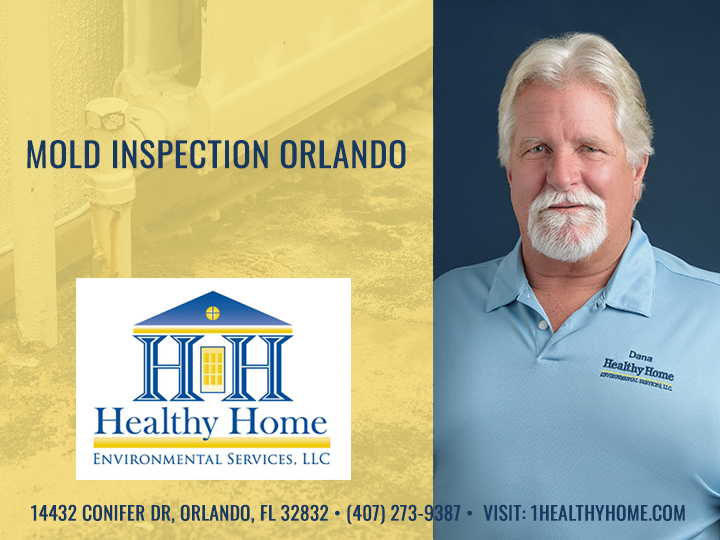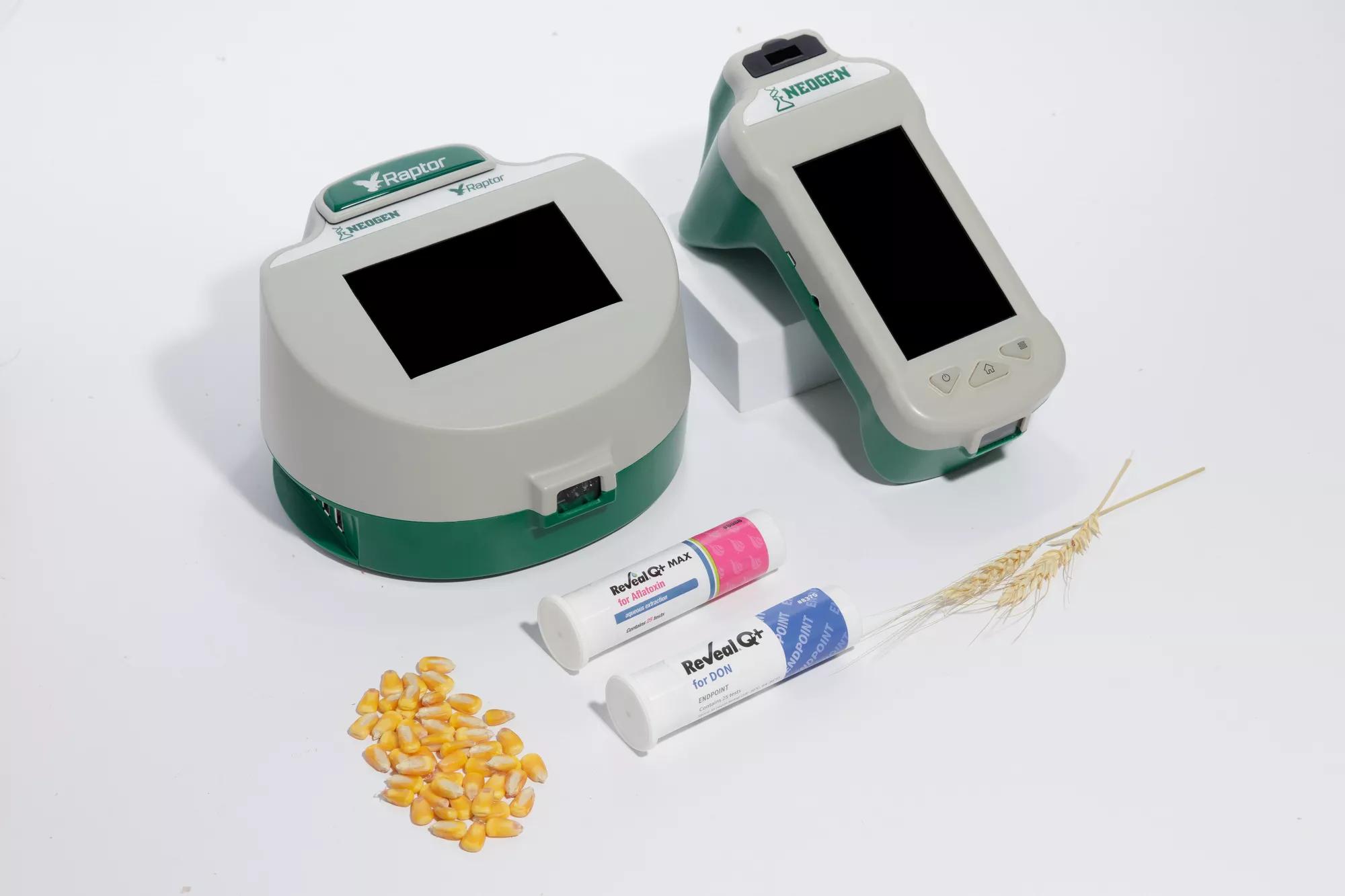Discover the Benefits of Specialist Mycotoxin testing Services Today
Discover the Benefits of Specialist Mycotoxin testing Services Today
Blog Article
Just How Mycotoxin Screening Aids Stop Contamination and Protect Food Products

Mycotoxin screening is an important practice in the food industry, offering as a frontline defense against contamination by dangerous contaminants created by molds. Through the application of sophisticated methods like High-Performance Liquid Chromatography (HPLC) and Fluid Chromatography-Mass Spectrometry (LC-MS), food manufacturers can precisely identify and quantify mycotoxin degrees in farming products.
Recognizing Mycotoxins
Comprehending mycotoxins begins with acknowledging that they are poisonous secondary metabolites produced by particular molds, which can contaminate farming products. These metabolites are not crucial for the development or reproduction of the fungis yet can have extreme effects for animal and human health and wellness. Mycotoxins are frequently located in staple plants such as corn, wheat, barley, and nuts, where they can proliferate under specific problems of dampness and temperature.
There are several types of mycotoxins, each produced by various fungal species. Fusarium types generate trichothecenes and fumonisins, both of which are connected with different intense and chronic health and wellness problems.

Threats of Mycotoxin Contamination
The risks of mycotoxin contamination are multifaceted, presenting significant threats to both food safety and security and public health. Mycotoxins, harmful substances produced by specific kinds of fungi, can pollute a wide range of farming items consisting of grains, nuts, seasonings, dried fruits, and coffee.
Economic influences are one more significant problem. Contaminated crops can cause considerable financial losses for farmers and food producers due to minimized yields and the need for costly decontamination actions. Global trade can be considerably hindered as countries apply rigorous mycotoxin policies to protect their populaces, leading to turned down deliveries and stretched profession relations.
Environmental aspects such as climate change aggravate the threat of mycotoxin contamination. Variations in temperature and humidity can develop positive conditions for fungal development, enhancing the chance of contamination occasions. Thus, understanding and alleviating these threats are essential for making sure the security and honesty of international food products.
Methods of Mycotoxin Examining
Precisely recognizing mycotoxin contamination in farming products is necessary for safeguarding public wellness and keeping food safety and security requirements. Various approaches are used to spot and measure mycotoxins, each offering particular advantages and limitations.
High-Performance Liquid Chromatography (HPLC) is a commonly used method due to its high sensitivity and precision. It entails separating mycotoxins from various other compounds in an example, allowing exact metrology. Similarly, Liquid Chromatography-Mass Spectrometry (LC-MS) incorporates fluid chromatography with mass spectrometry to supply in-depth you could look here molecular details, making it especially helpful for recognizing several mycotoxins simultaneously - Mycotoxin testing Services.

Gas Chromatography-Mass Spectrometry (GC-MS) and Thin-Layer Chromatography (TENDER LOVING CARE) are likewise utilized, each with special applications. GC-MS works for unpredictable mycotoxins, while TLC supplies a less complex, cost-efficient alternative for preliminary testing.
Advantages of Regular Evaluating
Regular testing for mycotoxins in farming items provides numerous advantages, significantly adding to public health and food safety. By determining contamination early, regular screening aids prevent the distribution of toxic foods, therefore decreasing the danger of mycotoxin-related illnesses amongst consumers. This positive technique not just safeguards human health and wellness yet likewise enhances the general high quality of food products.
Regular screening additionally sustains regulatory compliance. Different nations and regions have actually developed rigid restrictions for mycotoxin degrees in food and feed. Sticking to these limitations through regular testing makes sure that vendors and manufacturers satisfy legal standards, consequently preventing fines and trade barriers. In addition, preserving conformity promotes consumer count on and brand name track record, which are important for market success.
In addition, normal mycotoxin testing can result in considerable financial benefits. Early discovery of contamination allows for timely treatment, decreasing this hyperlink prospective losses from widespread contamination. Applying routine screening protocols can additionally lessen recall prices and related liabilities, which can be financially ravaging.
In addition, normal testing provides valuable information that can notify better agricultural practices and storage problems. By understanding patterns of contamination, producers can adopt precautionary steps, therefore reducing future threats and adding to the sustainability of the food supply chain.
Carrying Out Evaluating Methods
Carrying out effective mycotoxin testing procedures is crucial for making sure the safety and high quality of agricultural items. Each stage needs to be scrutinized to identify where mycotoxin contamination is most likely to take place.
When essential control factors are recognized, choosing appropriate screening methods is necessary. Common methods consist of enzyme-linked immunosorbent assay (ELISA), high-performance fluid chromatography (HPLC), and mass spectrometry (MS) Each method has its staminas and weaknesses; hence, picking the proper one depends on the specific mycotoxin being evaluated, the called for sensitivity, and available resources.

Last but not least, incorporating the testing methods into a detailed food security administration system is suggested. look at this now This boosts traceability and makes it possible for speedy rehabilitative actions when contamination is found, consequently safeguarding the honesty of the food supply chain.
Conclusion
Mycotoxin testing is crucial in protecting against contamination and safeguarding food supplies by enabling early discovery of harmful toxins generated by molds in agricultural items. Advanced techniques such as HPLC and LC-MS make certain compliance with security policies and secure customers from health and wellness risks. Routine screening enhances brand name credibility, economic security, and count on food safety by lessening contamination-related losses and preserving high criteria in food production. Applying extensive screening methods is thus essential for the market's overall well-being.
Mycotoxin screening is a crucial technique in the food sector, offering as a frontline protection against contamination by harmful toxins generated by molds. An incorporated method including agricultural methods, storage management, and regular screening can reduce the risks linked with mycotoxin contamination, ensuring food safety and security and public health and wellness.
The risks of mycotoxin contamination are complex, posturing considerable dangers to both food security and public health.Regular testing for mycotoxins in farming products offers many advantages, dramatically adding to public health and wellness and food safety and security.Mycotoxin screening is crucial in protecting against contamination and securing food supplies by making it possible for early discovery of hazardous toxic substances created by mold and mildews in agricultural products.
Report this page